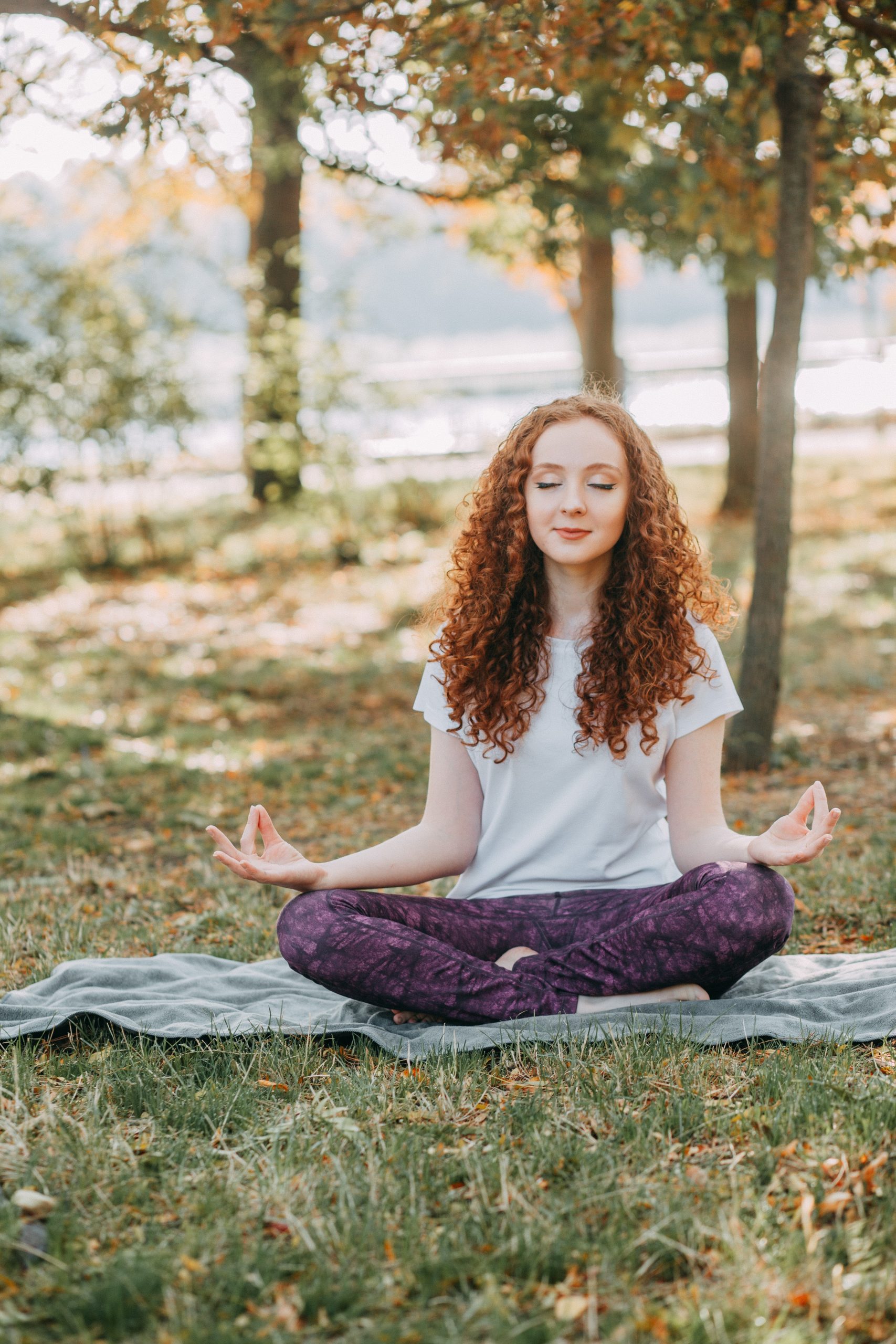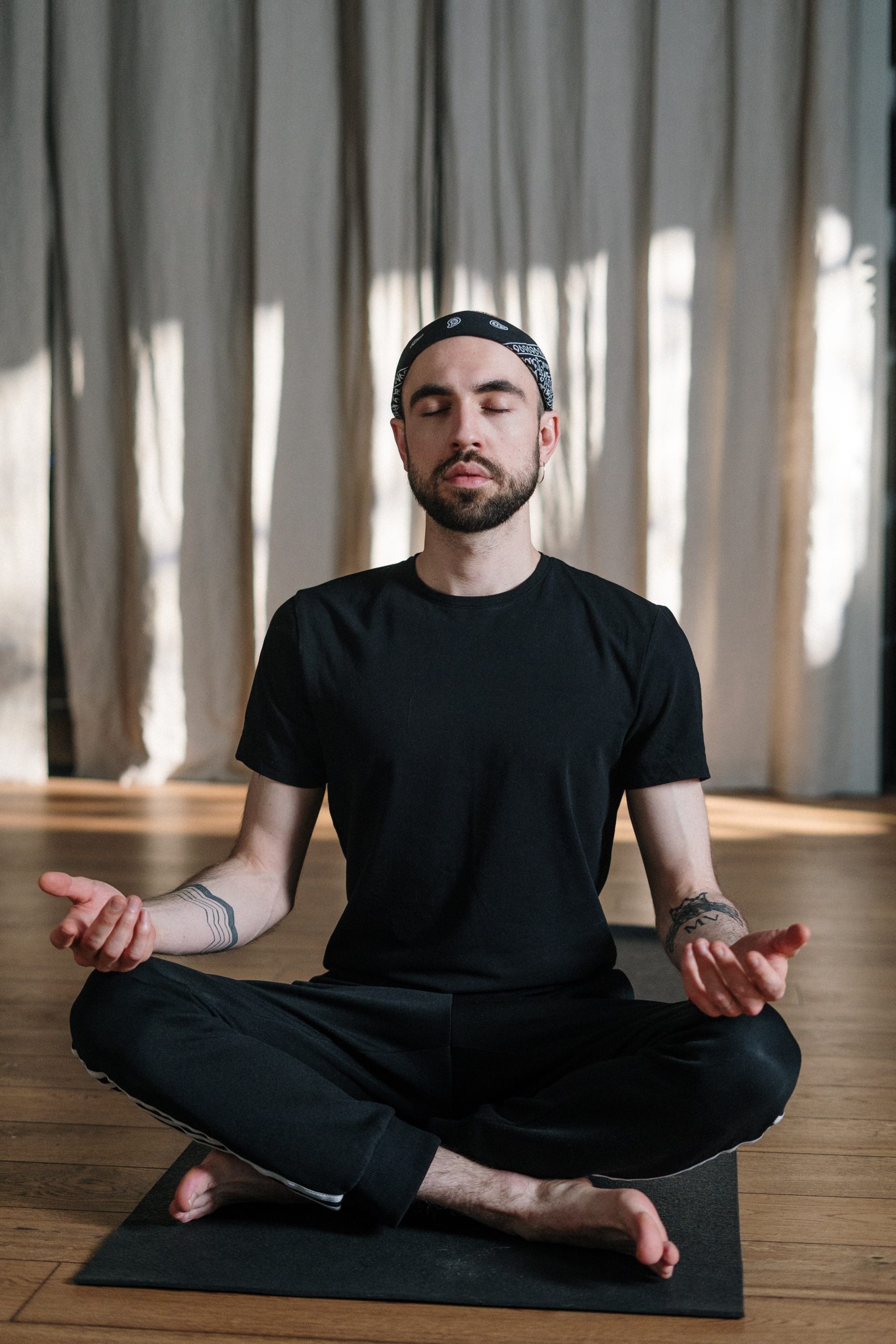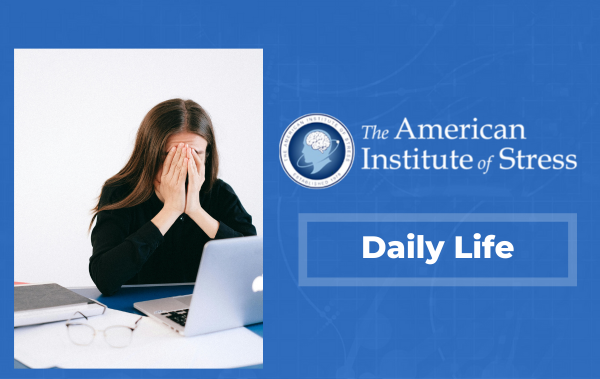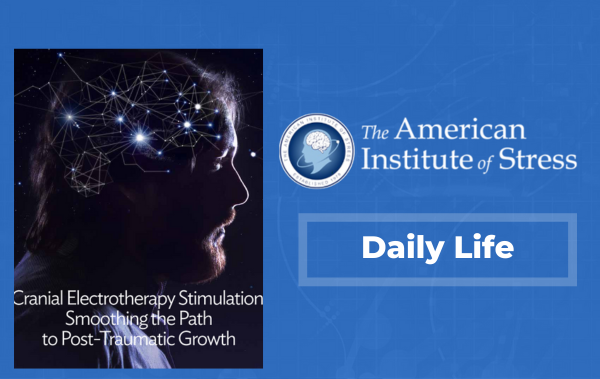 Anyone who has ever felt the effects of mental health issues such as stress and depression knows it can take a lot to get back on track or feel better. According to The American Institute of Stress, 55% of Americans report stress during the day. As well, 94% of workers reported feeling chronic stress in their workplace. With such high numbers, it’s easy to see how issues like stress, depression, and anxiety have become more prevalent.
Anyone who has ever felt the effects of mental health issues such as stress and depression knows it can take a lot to get back on track or feel better. According to The American Institute of Stress, 55% of Americans report stress during the day. As well, 94% of workers reported feeling chronic stress in their workplace. With such high numbers, it’s easy to see how issues like stress, depression, and anxiety have become more prevalent.
With this invisible problem plaguing many people, more solutions are arising from a spiritual philosophy. Terms like mindfulness and meditation are often suggested as potential solutions for various physical, emotional, and mental issues. However, with both of these terms still relatively new to the mainstream world, they often get interchanged. Although they come from similar concepts, there’s a difference between practicing mindfulness and meditation. Whichever practice is best for you, they are both great ways to clear the mind and focus on what matters. While mindfulness and meditation might not be the entire solution to your problems, they are practices that can definitely help ease how we respond to them.
What is mindfulness?

As simple as it may seem, mindfulness is a trait and skill someone can learn and implement in their day to day. Chopra explains that mindfulness is the practice of acknowledging what is going on around you at all times and living in the present moment. Mindfulness is possible no matter what you are doing and doesn’t take any extra time out of your day. Mindfulness is using all of your senses to stay in the present moment. Instead of living in the past or worrying about the future, you remain focused on what you are doing.
Psychiatrist Julian Lagoy tells Forbes, “In other words, mindfulness is being aware of what is going on at present without judgment.” Lagoy explains that mindfulness is a tool that typically is used to combat negative thinking. Instead of getting ahead of yourself and imagining the worst possible outcome, mindfulness is bringing yourself to the present moment and only focusing on what is happening at that moment. For those still learning different practices to help relieve their stress or anxiety, mindfulness practice is the easiest place to start. Mindfulness can also be a result of constant meditation.
What does meditation mean?

Unlike mindfulness, meditation is a practice that requires physical action from you. SelectHealth explains that meditation is the act of deep breathing and keeping your mind focused. There are plenty of ways you can practice meditation that differ from the typical cross-legged pose we are used to seeing. Meditation can include walking meditation and body scan meditation. The purpose is to practice silencing the thoughts in your mind and keep them from wandering too off course. Meditation does require a certain part of mindfulness in that you need to remain focused in the present moment. However, meditation is done at a specific moment and in a designated place with no distractions.
Yoga International adds that meditation concerns itself more with finding inner peace and letting go. During meditation, you step aside from your thoughts and simply view them from the outside. The practice of meditation has been proven to help with various physical issues, along with mental benefits. It’s recommended to practice some sort of meditation towards the end of your day to help with any sleep troubles you may have. Although it’s possible to practice mindfulness and meditation together, you only need to do the practice that works for you.





